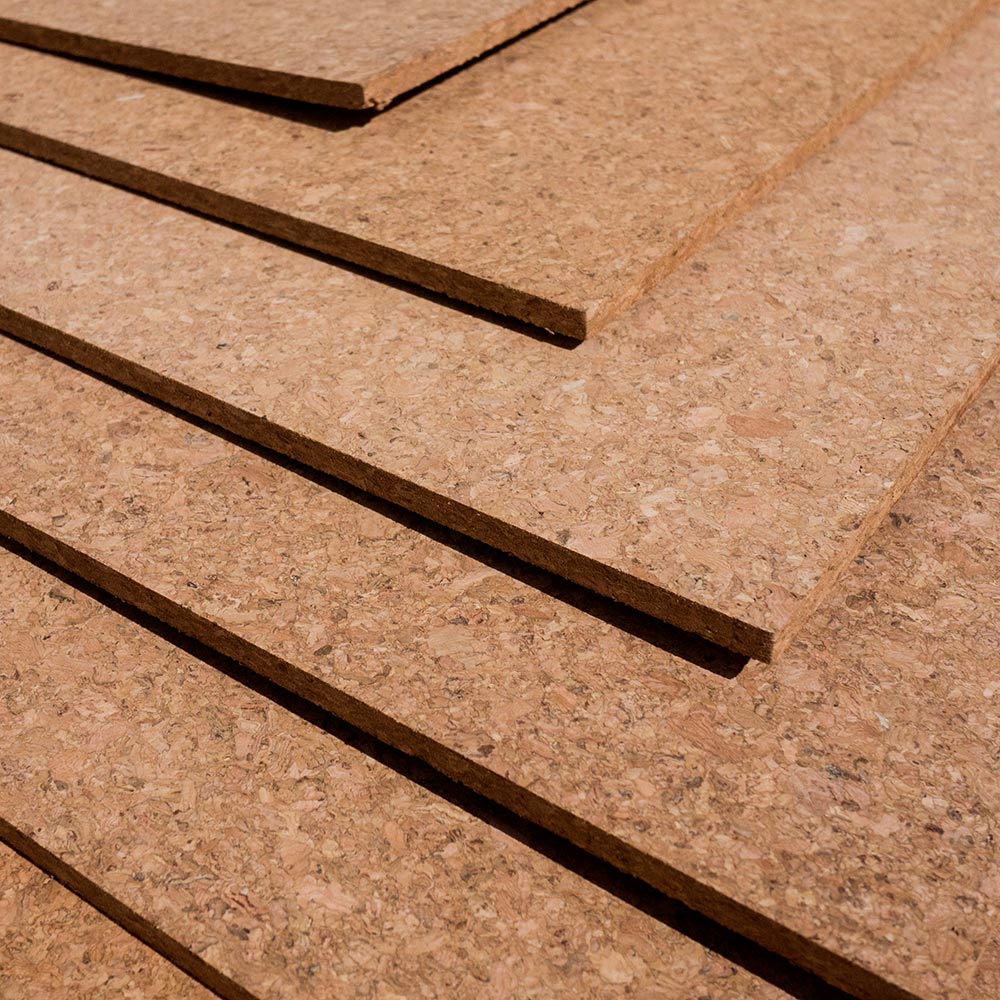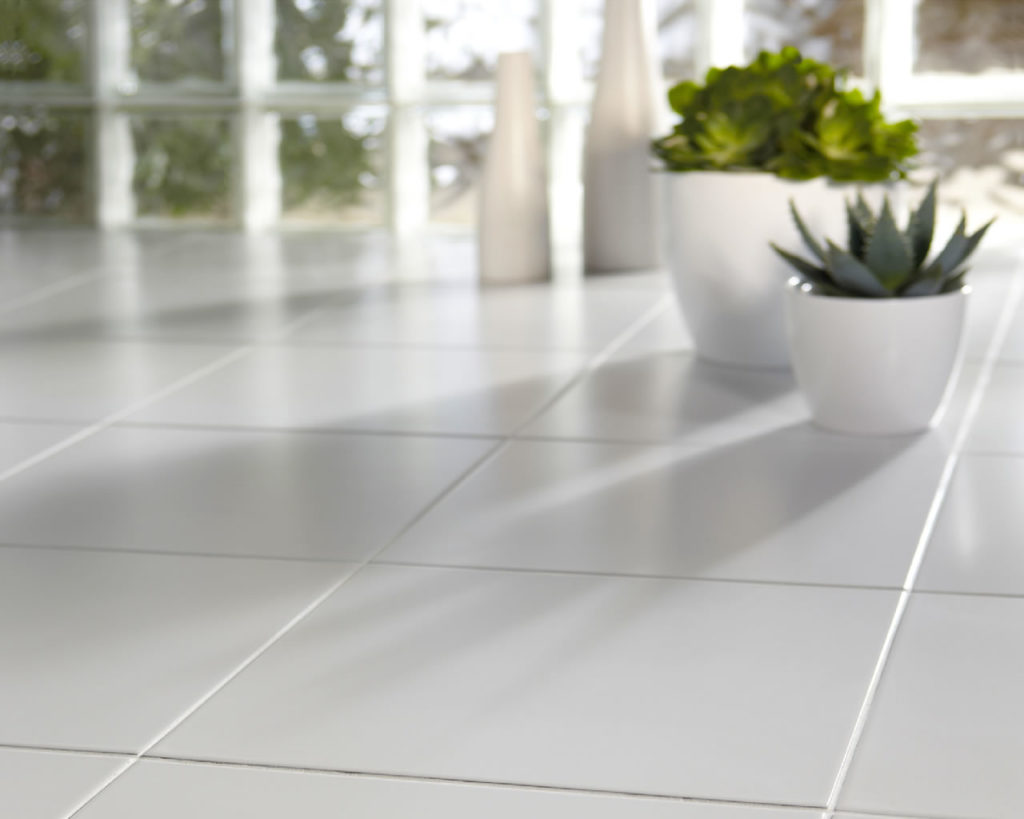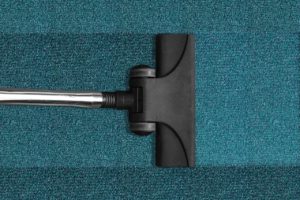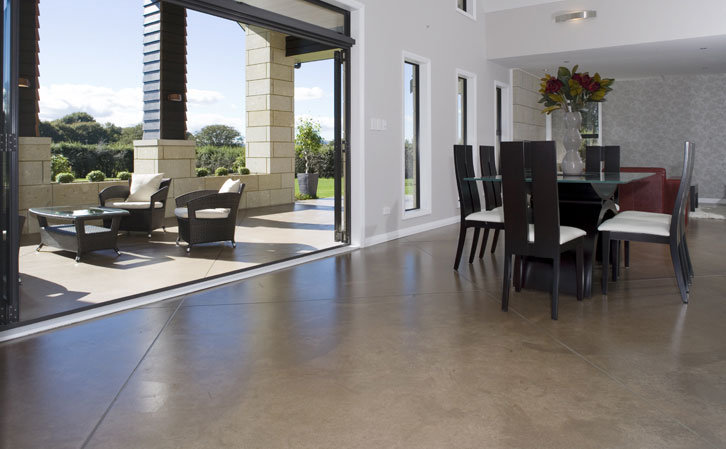It’s a brave homebuyer who decides to go through with the purchase of a home, despite an ugly, torn, tattered and/or dirty carpet. Floor covering can be pricey, especially if you pine for what many homebuyers do – solid wood floors.
Some of today’s flooring alternatives, while just as attractive as wood, aren’t quite as expensive and, depending on your circumstances, there’s one that may be ideal for you.
Concrete
If you think concrete floors are suited only to lofts or industrial décor schemes, think again. New products on the market include ways to make your concrete floor look like hardwood, travertine, marble and more. Or, if you prefer, add a coloured stain or specific stone pour and shine it to a high gloss.
Advantages to concrete floors include that they are a snap to keep clean and, when sealed properly, they resist moisture. They can be more economical than other flooring options, and cracks and scratches tend to add character which means they’re low maintenance.
Finally, concrete is eco-friendly. It doesn’t deplete natural resources, requires less energy than other floor types to produce, and is made (poured) locally. Indoor air quality with concrete floors is far superior to that in homes with carpet as concrete doesn’t mould, doesn’t hold allergens and contains no volatile organic compounds. And if situated to the sun, over time it becomes a thermal mass and holds the heat.
Cork

As chameleon-like as concrete is for flooring, so is cork, a relative newcomer to the flooring market. “Cutting-edge technology has allowed manufacturers to offer flooring with the amazing look of hardwood or marble while keeping all the benefits of cork,” claims Marie Proeller on BobVila.com.
Fans of cork floors say that what convinced them to go with the option is how soft the surface feels underfoot. So, if you do a lot of standing, say, in the kitchen, cork may just be your ideal choice. They also like how quiet it is and that, since cork is a natural insulator, they spend less on heating and cooling their homes.
Cork — the bark of a tree that renews after its been removed – is also an eco-friendly material.
If on the other hand, you have pets, kids or just a very busy household, cork may not be a good choice. Because it’s such a soft material, it is easily scratched by pet nails and damaged by anything dropped onto it. Even furniture may cause permanent dents in the flooring.
View images of cork floors on Pinterest and EcoFloors
Laminate
Laminate is one of the most popular flooring choices, mostly because it provides the look of timber without the cost. It is the ideal flooring material for low-traffic homes without children or pets.
Laminate is basically a photograph of wood, bonded to particle board. It comes in a wide array of colours and widths and is fast and easy to install.
One of the biggest complaints about laminate is that, despite manufacturers claims to the contrary, it is a bit high maintenance. Sweeping the floor is not recommended as the dirt and dust may scratch the surface. You’ll need to vacuum it to get it clean and then mop, carefully. Although laminate resists stains, it is not waterproof. Spills that aren’t cleaned immediately will soak into the material, causing it to warp and pull away from adjoining planks.
Beware it can be difficult to remove or retrofit as it needs to go under the toe kicks in the kitchen, and under skirting boards and architraves.

Linoleum
Linoleum is one of the oldest flooring materials still in use. First manufactured in the mid-1800s, as ship deck covering, it quickly gained popularity as it was installed in large commercial buildings.
Homeowners that have linoleum floors love it for its durability; it’s not at all unusual for one of these floors to last up to 40 years. It is also like cork in that it tends to be soft underfoot and it’s an eco-friendly option (made from linseed oil) and it’s biodegradable once removed from the home. Finally, linoleum doesn’t emit VOCs, is nonallergenic, and used in many health care facilities.
The downside to these floors is that, again, like cork, the material is soft and has a tendency to tear and scratch easily. Also, if it’s not sealed, you’ll need to polish and buff it, making it a bit high maintenance for many homeowners.
Tile

The tile category of flooring includes a number of different materials, including stone, ceramic, and porcelain.
Stone floors are ideal for homes in warm climates as they remain cool, regardless of air temperature Stone is nonporous and won’t harbor allergens, so it’s easier on those prone to allergies than carpet and even hardwood. They are also worth considering if you have a busy household with pets and children as they hold up against even the harshest abuse.
Stone floors are expensive to purchase and even more expensive to install. They are also cold, slippery when wet and because it’s such a hard surface, dangerous to anyone that actually falls on them.
Ceramic, marble and porcelain tile flooring options have come a long way in the past decade. You can now purchase tile wood-look planks as well as a tile that resembles stone. Tile flooring, if done right, may add to the value of the home.
Tile is ideal for families and pets as it generally doesn’t scratch (although ceramic is a bit more fragile than porcelain) and it requires little maintenance. Homeowners often complain, however, that the surface is cold and hard and, if the tile is glazed, it may become slippery when wet. However the tile installation can be expensive, so ensure you get all your costings and think about how difficult your tile choice will be to lay.
Vinyl
Luxury vinyl plank flooring, especially in a faux wood pattern, is one of the biggest sellers over the past few years, according to flooring specialists. Homeowners love their vinyl floors for being water and stain resistant, easy to clean and durable.
Vinyl flooring comes in sheet, tile and as mentioned, plank styles that are either glued down or snapped together, making installation the ideal DIY project for a handy homeowner.
Of all the flooring choices available, vinyl, known as a “synthetic cousin of linoleum,” has the worst reputation for emitting VOCs, at least immediately after it’s installed. Today, however, you’ll find vinyl manufacturers who use products that have achieved Indoor Air Quality Certification.
Carpet
If you decide that you’ll just go back to carpet – it’s come a long way in recent years, and synthetic carpet now outsells natural fibre. Solution dyed nylon ranges now offer more durability and are resistant to spills and fading. Natural carpets provide comfort and hard wearing properties. The quality of the underlay makes a big impact on the luxurious feel of a carpet though.
Great for spaces like living rooms and bedrooms where you want it warm underfoot or the kids may spend time on the floor.

So flooring really is about your lifestyle or the likely lifestyle of your homebuyers. Think about the following…
Do you have pets, children, or high foot traffic that could wear your floor? Do you want a low-maintenance solution? Does anyone have allergies? Do you have small children or elderly visitors that means safety is a priority? How is the room likely to be used? And finally does your flooring choice reflect the quality of the home?
About the Author: The above article on Ready to Ditch the Carpet? Consider the Alternatives was written and provided by Brent Palmer, a local leader in the field of Richmond and Nelson Real Estate sales, marketing, advanced technology for home selling, and social media.
You can contact Brent Palmer here, or at 027 544 9921. He has helped many people buy and sell homes in the Nelson, Stoke and Richmond areas for years, and would love the opportunity to help you as well.
Thinking of selling your home? I have a real passion for helping people sell their homes in our Nelson and Tasman Region, as well as the marketing, social media & advanced technology for home selling that goes along with it. I’d love to have the opportunity to sit down with you discuss how we can work together to get you the best price.
I help people buy and sell real estate in the following Nelson and Tasman towns & neighbourhoods: Wakefield, Brightwater, Hope, Appleby, Redwood Valley, Mapua, Stoke, Tahunanui, Atawhai and of course, Richmond and Nelson City.
Connect with Brent on Facebook and pretty much everywhere else.
Know someone who needs help with real estate?
Be rewarded and REFER them here.



